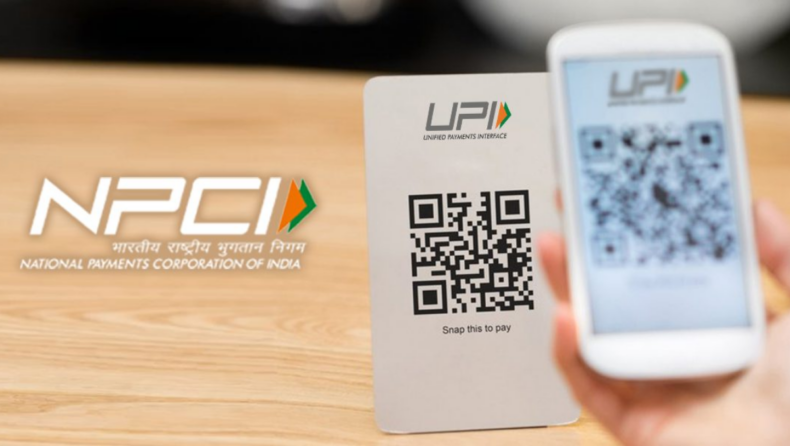The company that created the foundation for India’s digital payments (UPI) intends to make it less expensive and simpler for the 32 million Indians who live abroad to send money back home.
Global trends in real-time transactions
In 2021, there were 181,261 million real-time transactions worldwide, a 64.5 percent increase. These are the top 5 countries with the highest volume of real-time transactions in 2021:
1) India (48,605 million people)
2) China—18.549 million people
Thailand (9,734 million)
4) Brazil (population: 8,691 million)
5) South Korea-7.351 million
According to a Bloomberg story citing NPCI International Payments CEO Ritesh Shukla, after success in the local market, the National Payments Corporation of India (NPCI) intends to introduce the Unified Payments Interface (UPI) to international markets.
It will be a domestic alternative to SWIFT, a company that runs a cross-border payment system and is based in Belgium.
We have significantly reduced the use of cash in India, and now we want to replicate this achievement in cross-border corridors.
According to the paper, “We will establish acceptability for our instruments in the areas where Indians travel regularly.”
Overseas Indians may use our railroads to transfer money inwards directly into their bank accounts. He said that there is room for disruption in the remittances sector, where it costs, on average, $13 to transmit $200 across borders.
Indians living abroad sent $87 billion home in 2021, the most amount of any country the World Bank has been keeping track of
All residents, including minors, are permitted to freely transmit up to USD 2,50,000 every financial year (April-March) for any permitted current or capital account transaction or a combination of both under the RBI’s Liberalized Remittance Scheme.
Residents can also use the foreign exchange facility to get up to USD 2,500,000 for short-term needs.
On February 4, 2004, the scheme was launched with a USD 25,000 cap. According to the current macroeconomic and microeconomic situations, the LRS limit has been amended gradually.
If the sender is a minor, the minor’s legal guardian must countersign the LRS declaration form. Corporations, partnership businesses, HUFs, trusts, etc. are not eligible for the scheme.
According to the World Bank’s most recent report, almost 20% of the $87 billion in remittances that India received in 2021

The severity of COVID-19 caseloads and deaths during the second quarter (well above the global average) played a significant role in drawing charitable flows (including for the purchase of oxygen tanks) to the country, according to a World Bank report.
Flows to India (the world’s largest recipient of remittances) are expected to reach $87 billion, a gain of 4.6 percent, the report stated.
China, Mexico, the Philippines, and Egypt are listed after India in the study. Remittances to India are expected to increase by 3% to $89.6 billion in 2022, indicating a decline in the overall stock of migrants due to the high returnee rates from Arab nations, the report stated.
According to the bank, remittances to low- and middle-income countries are expected to have increased by a robust 7.3% to reach $589 billion in 2021.
According to the World Bank’s Migration and Development Brief, this return to growth is more solid than previous estimates.
It follows the stability of flows in 2020, when remittances only dropped by 1.7% despite COVID-19, which caused a severe global recession.
Saving money
According to Mayank Goyal, CEO of moneyHop , a cross-border banking software that enables users to send money abroad over the SWIFT network, “this is going to take the payments’ industry by storm.”
Goyal said that UPI rails will be added to the app because they make it easier to send money across borders.
In a study, the Reserve Bank of India said that UPI connections with other countries will make trade, travel, and money transfers between the countries more stable and reduce the cost of sending money across borders.
Together with the nation’s lenders, the Reserve Bank of India established NCPI in order to speed up, expand accessibility, and lower the cost of retail payments.
To rapidly deal with vendors and send money between friends or family, a user only requires a virtual payment address.













